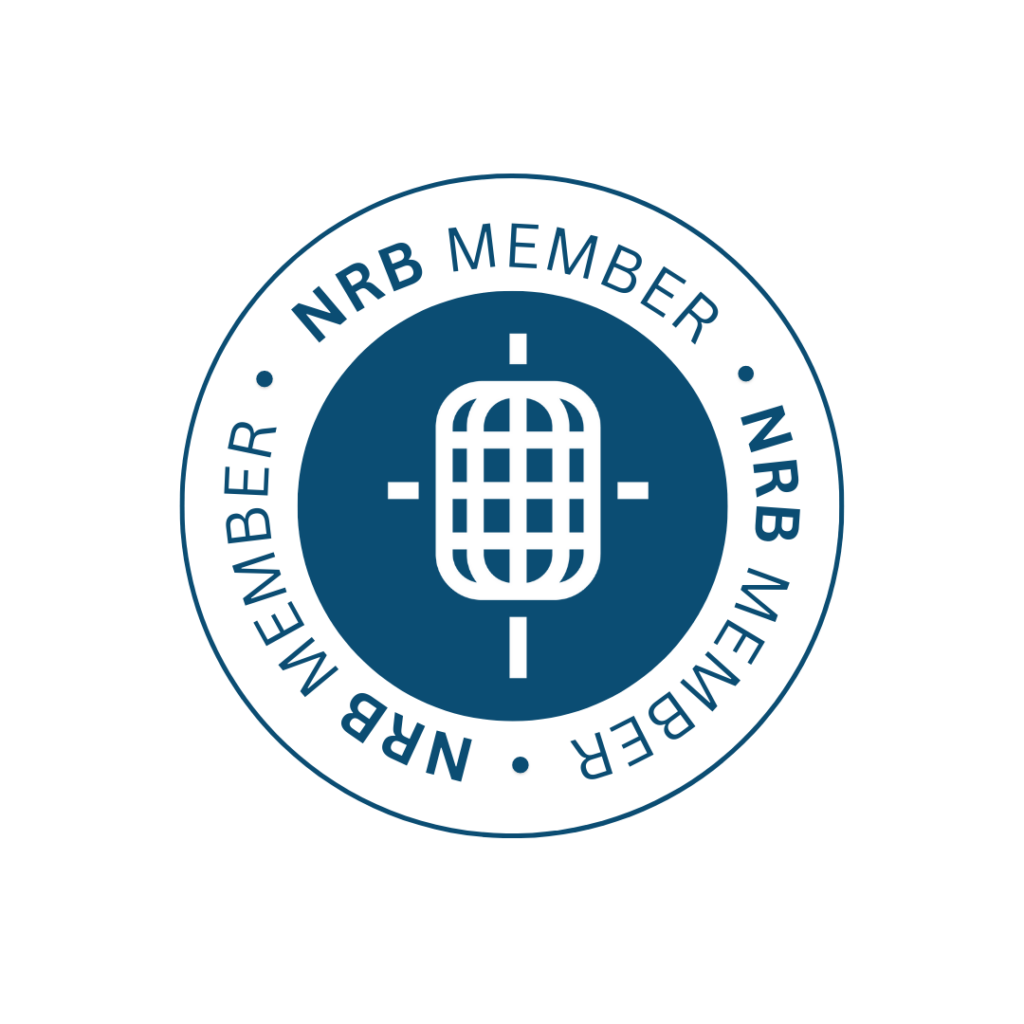Is Your Case for Support Attracting (Or Repelling) Donors?
We’ve all witnessed disreputable organizations scamming people out of money with what seem like legitimate needs at first. So, credible nonprofits work hard to prove their integrity, verifying that they spend their charitable donations to improve the lives of others, just as they promise to do.
One of the ways nonprofits demonstrate their gift-worthiness is through a written Case for Support document. When I worked on my first Case for Support, I described our vision and mission, goals for the future, the people we were helping, the cost, and a brief history.
That Case Statement was the basis for talking points with donors, volunteers, and community partners; it framed the elevator speech for board members; we broke it into soundbites for the website and designed it as a capital campaign brochure.
What I discovered over time, however, was that in trying to prove our gift-worthiness, we focused the efforts of our work on the organization. Yes, we told stories of impact, but the overall messaging tilted toward talking about “we,” “us,” and “our” as we tried to demonstrate credibility.
It’s clear to me now that donors need to see themselves as central to the organization’s success. Without their financial support, there wouldn’t be any program results. It’s their generosity that fuels the solutions that change lives.
As you describe to donors what their gift has accomplished, the approach shifts the “we, us, and our” to “you and your” as you champion them as the driver of success.
Here’s why it matters: Donors, including you and me, spend money on things we value. We buy products from brands that identify with our interests. We give to causes we believe in because our affiliations are a reflection of who we are.
Donors don’t give to keep organizations operating. Even when they love what you do, they aren’t giving to keep the lights on or pay the salaries of your employees. They are sacrificing to make the world a better place.
Now, back to your Case Statement—it’s important to demonstrate organizational credibility, of course. Consider supplementing your Case for Support with a donor-focused Offer Statement. The offer—what the money accomplishes—focuses on the donor as the primary driver of impact.
For an effective offer, answer these five questions for every appeal, whether communicated on- or offline:
-
-
-
- What is the unique problem or opportunity?
- How is your organization solving the problem or meeting the opportunity?
- What’s it going to cost?
- How will the donor’s gift make an impact?
- Why should the donor give now?
-
-
What bad thing must be stopped? If your organization didn’t exist, what solution would disappear? How is donor support fueling the solution? What urgency exists for them to give today?
A donor-focused offer resonates on a heart level, supplementing the Case for Support that speaks on a head level. A compelling Offer Statement demonstrates that giving to change lives as an extension of deeply held values is at the very heart of your success.
Related articles
-

More Than Just Work
As a young Christian professional navigating the conundrum of aligning my beliefs into a purposeful career, I’ve been blessed to…
-

What to Think of Artificial Intelligence and Its Impact on Fundraising . . .
In trying to summon an image to represent our theme for this issue of Donor Focus, I found myself drawn…







